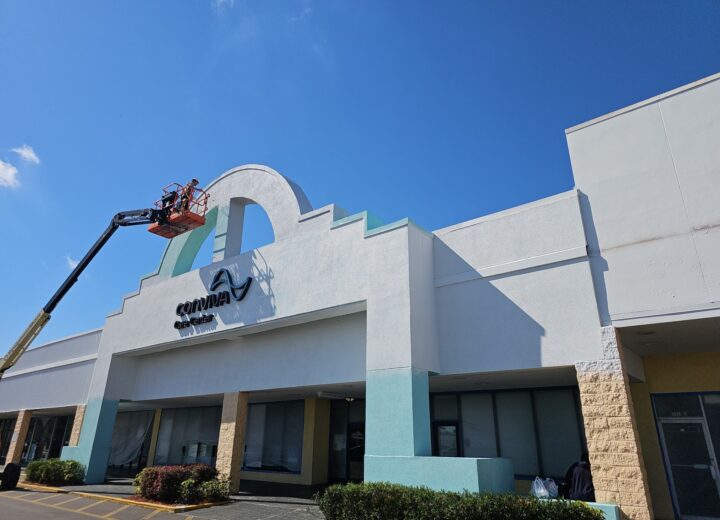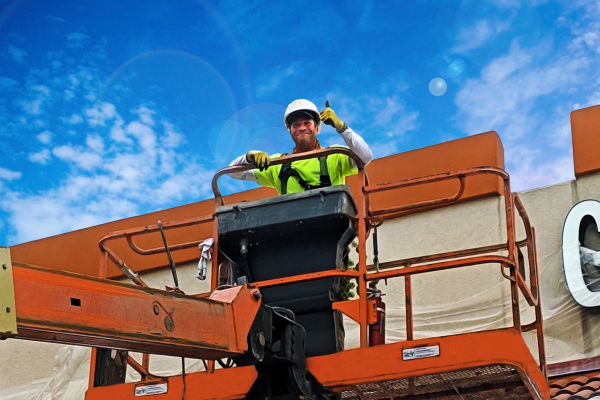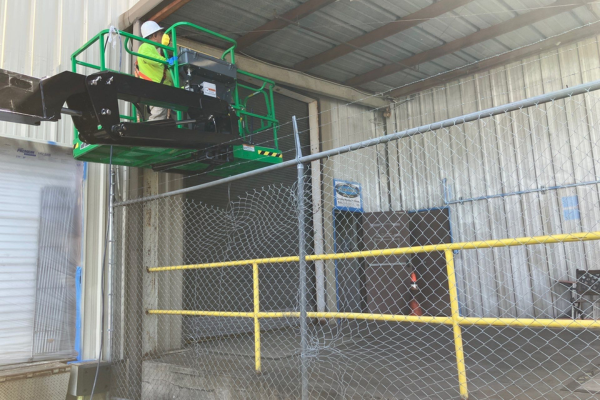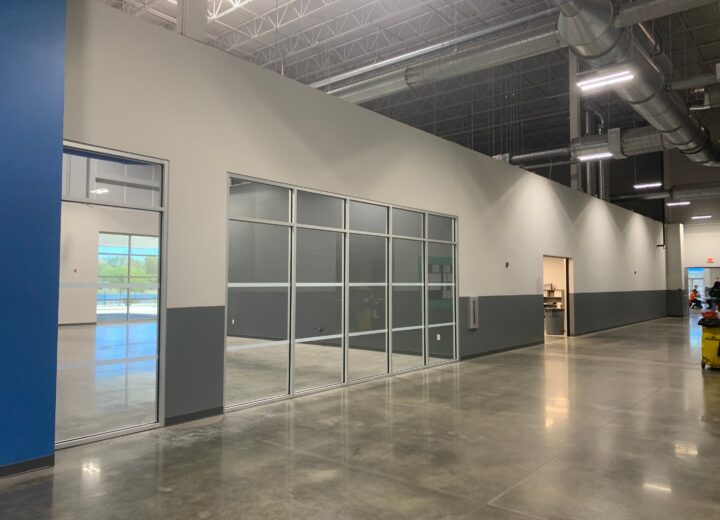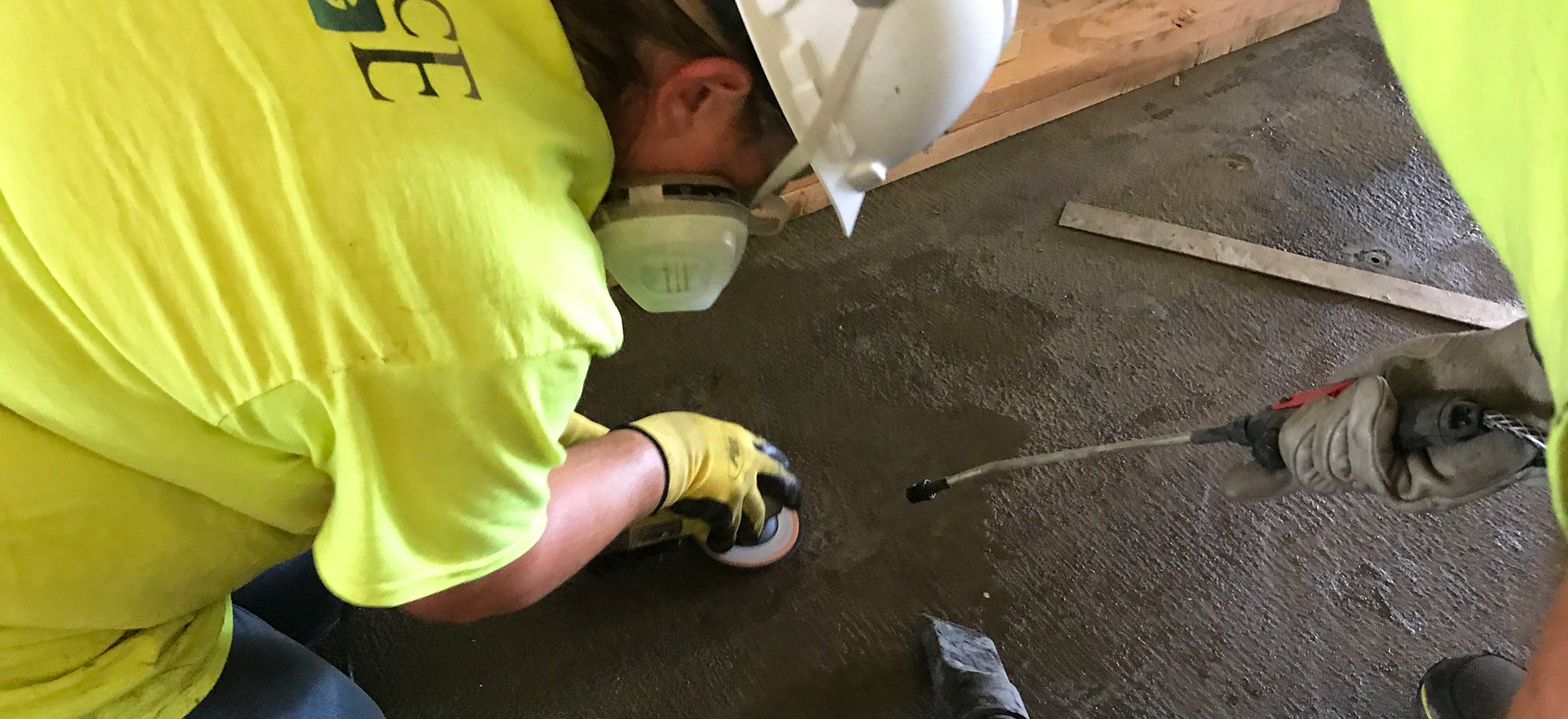
Business owners often hesitate to implement large-scale commercial painting projects. Potential for business disruption is often cited as the reason, but there’s an underlying cause: Uncertainty in how projects are priced. This makes it harder to estimate ROI or recognize a good deal.
A commercial painting project has clear advantages. You can extend the life of your facility, make a better impression on the public, and even raise morale in your team. Before you move forward, though, it’s a good idea to understand the logic behind project pricing.
The Biggest Factor in Your Project’s Price Isn’t What You Might Think
The basic unit of measurement for a commercial painting project is the square footage to be painted. No matter what type of paint, primer, equipment, or processes to be used, scope is determined in square feet because it’s the best way to estimate how long the work will take.
Believe it or not, quality of paint is not a major factor in pricing most commercial painting projects. Difference in paint quality is often minimal. An experienced company uses its bulk buying power to get excellent paint at a low price and passes the savings on to you.
Five Factors That Influence Your Commercial Painting Project Cost
To provide an accurate cost estimate, an experienced project manager should walk through your premises. It’s crucial to discuss your needs, timeline, and opportunities for savings. Good project management practices lower your costs and give you a single point of contact to work with from start to finish.
All the following factors can strongly influence your cost:
1. Your Timeline
It’s true of any major facilities project: The faster you need something done, the more it’s going to cost. That’s mainly because each painter on your project can only cover a given area each day. To maintain quality on a tight timeline, other full-time team members may be shifted from other projects or part-time personnel are now full-time to meet the deadline. Either option affects hourly rates.
2. Job Site Efficiency
As the customer, there are several ways to help painters perform faster. One key is to move equipment away from walls to be painted. Ensure paths are clear and doors are easily accessible. Enabling use of on-site dumpsters, restrooms, and a water hookup also saves time and enhances worksite safety. Painters should use appropriate personal protective equipment at all times.
3. Rust and Environmental Hazards
Rust on steel indicates painting should be done as soon as possible. Commercial painters may be able to remediate rust while performing the paint job. However, there are other issues most painting teams aren’t equipped to handle: Mold and asbestos are high on the list. Your painting vendor may be able to refer you to third-party experts to address these risks.
4. Indoor and Outdoor Painting
In general, indoor projects are the easiest to handle. They can even be scheduled for reduced impact on your business, though redirecting foot traffic is always recommended. On the other hand, outdoor projects are “weather permitting.” Warm or temperate weather is most conducive. Painting should be suspended during threat of rain, wind, or snow.
5. Surface Preparation and Number of Coats
Long-term lack of maintenance can erode surfaces to be painted – drywall is especially prone to damage and may require repair. Many surfaces, like concrete and epoxy, perform best with specialty coverings. The right preparation can ensure paint adheres better and lasts longer. Additional coats add cost but promote superior longevity and appearance.
A personalized consultation is the first step toward developing a custom scope of work for your project. Contact us today to discuss your needs with one of our project managers.

